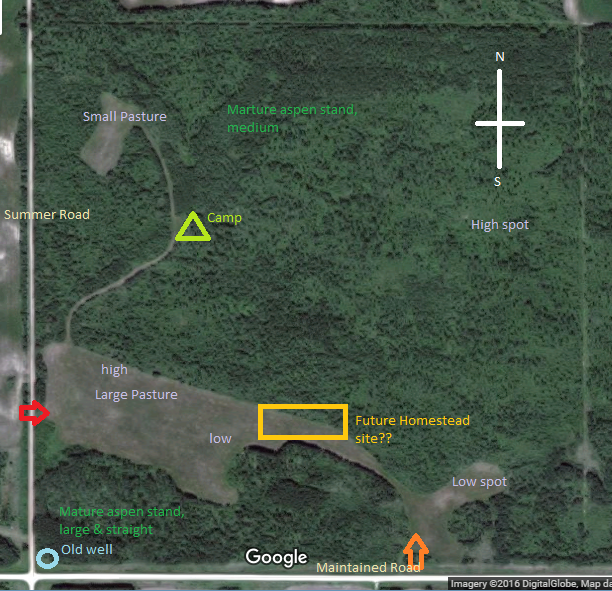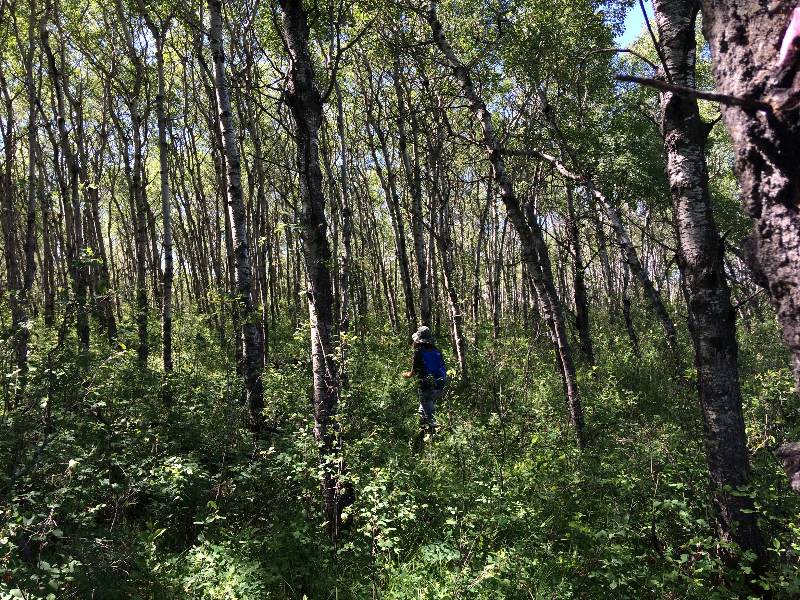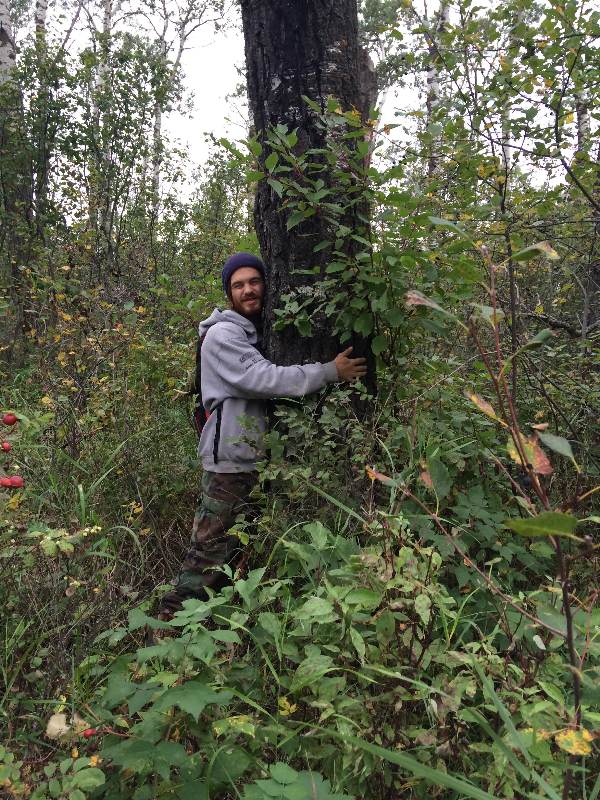
 6
6





Cheers from the great white north,
Cassman
 3
3




Idle dreamer
 1
1




SKIP books, get 'em while they're hot!!! Skills to Inherit Property
See me in a movie building a massive wood staircase:Low Tech Lab Movie
 1
1




 1
1




 3
3




Cheers from the great white north,
Cassman
 4
4
















Cheers from the great white north,
Cassman
 1
1





SKIP books, get 'em while they're hot!!! Skills to Inherit Property
See me in a movie building a massive wood staircase:Low Tech Lab Movie
 1
1




 2
2




 May you have many years of enjoyment and success building your dreams upon it.
May you have many years of enjoyment and success building your dreams upon it.
 Perhaps swales for food forest areas and keyline plowing for pastures. I might recommend looking at Mark Shepard's work for design ideas for your climate.
Perhaps swales for food forest areas and keyline plowing for pastures. I might recommend looking at Mark Shepard's work for design ideas for your climate.
 Wonderful!
Wonderful!

 1
1




 3
3




Cheers from the great white north,
Cassman
 1
1




 2
2




"The rule of no realm is mine. But all worthy things that are in peril as the world now stands, these are my care. And for my part, I shall not wholly fail in my task if anything that passes through this night can still grow fairer or bear fruit and flower again in days to come. For I too am a steward. Did you not know?" Gandolf
 2
2




 Cant wait for the green to come back right about now!
Cant wait for the green to come back right about now!Cheers from the great white north,
Cassman
 4
4




Mediterranean climate, hugel trenches, fabulous clay soil high in nutrients, self-watering containers with hugel layers, keyhole composting with low hugel raised beds, thick Back to Eden Wood chips mulch (distinguished from Bark chips), using as many native plants as possible....all drought tolerant.



 3
3




Be Fearless! Fake it till you make it!



 4
4







Be Fearless! Fake it till you make it!
 2
2




"Where will you drive your own picket stake? Where will you choose to make your stand? Give me a threshold, a specific point at which you will finally stop running, at which you will finally fight back." (Derrick Jensen)

|
I am going to test your electrical conductivity with this tiny ad:
Learn Permaculture through a little hard work
https://wheaton-labs.com/bootcamp
|





